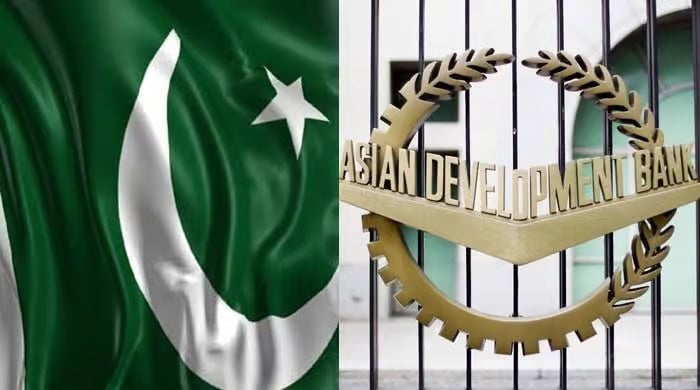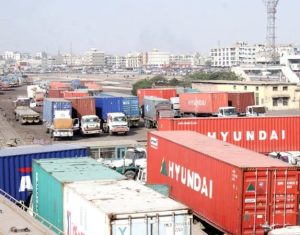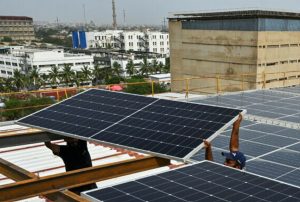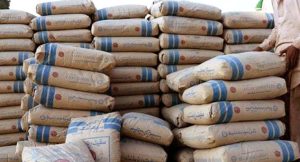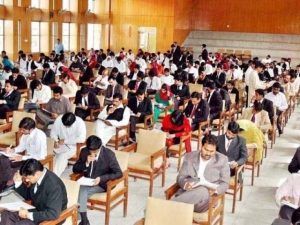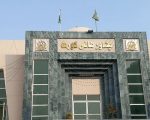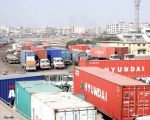ISLAMABAD – The Asian Development Bank (ADB) has revised its economic outlook for developing countries in South Asia, predicting a slowdown in growth over the next two years due to global trade uncertainties and inflationary pressures.
In its latest report on developing economies across Asia and the Pacific, ADB lowered the regional growth forecast for 2024 from 4.9% to 4.7%. For 2025, the projection has been further reduced to 4.6%.
For Pakistan, the report anticipates an economic growth rate of 3%, accompanied by a decline in inflation. The easing of inflation is attributed to falling prices of food and essential commodities. However, inflation is expected to remain at 5.8% during the Fiscal Year 2025-26.
The report also highlights external risks, including rising tariffs imposed by the United States and instability in global trade, which could adversely affect exports from Asian economies. South Asian countries are expected to be among the hardest hit by these trade pressures.
ADB projects that South Asia’s economic growth could reach 6.2% in 2026, with inflation estimated to drop to 4.5%. Southeast Asia is likely to see a slower growth rate of 4.2%, while Central Asia is expected to benefit from increased oil production and show stronger economic performance.
China’s growth is forecast to remain steady at 4.7%, though challenges in its real estate sector may pose risks. Meanwhile, India’s growth rate is expected to reach 6.5%, despite potential setbacks from U.S. trade tariffs impacting exports.
ADB also predicts that inflation across the broader region will average 2.0% in 2025 and rise slightly to 2.1% in 2026.
Experts cited in the report emphasize that policy reforms and open trade practices remain key to achieving long-term stability. ADB has advised regional economies to focus on strengthening economic fundamentals and improving resilience against global shocks.

